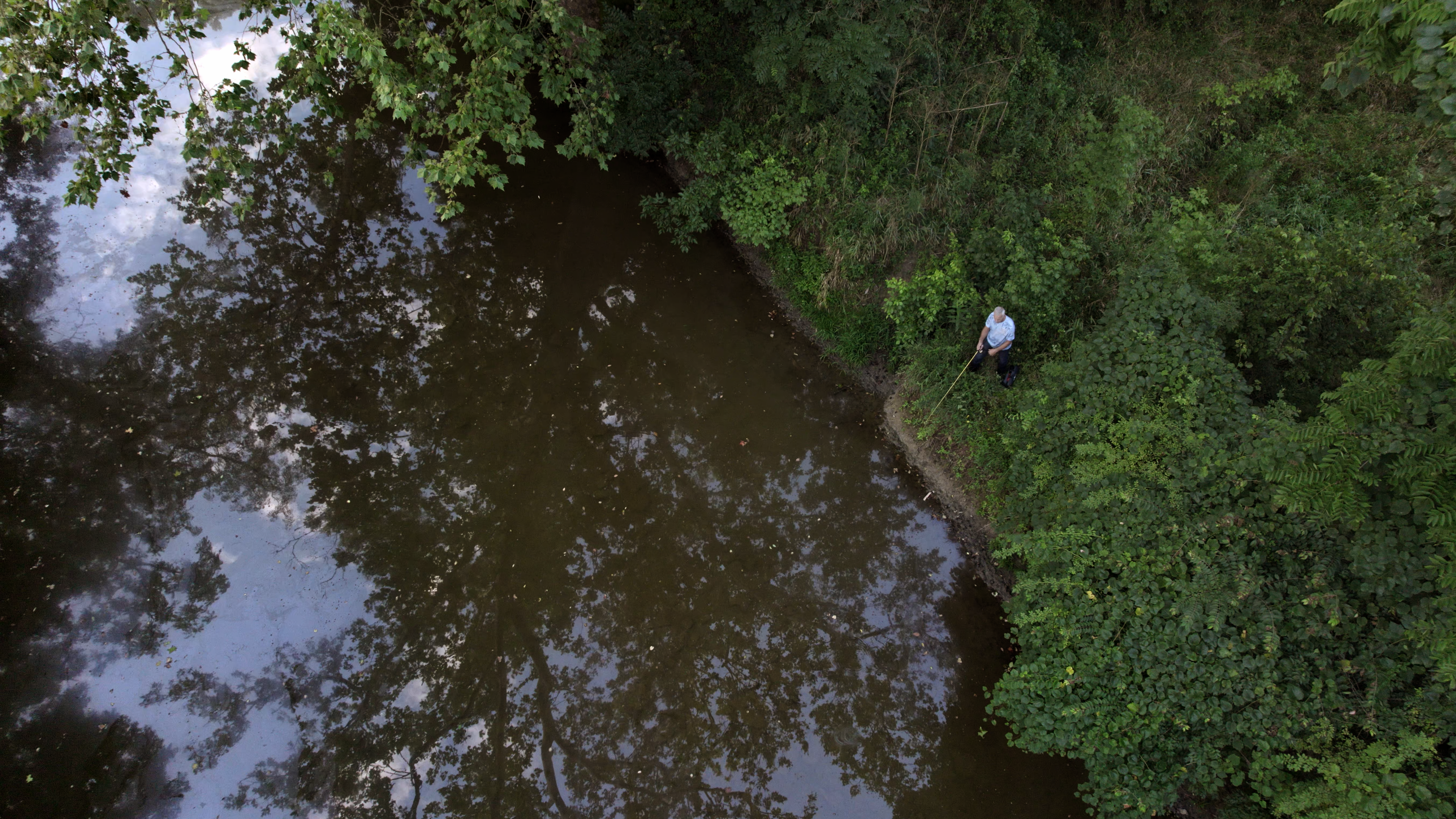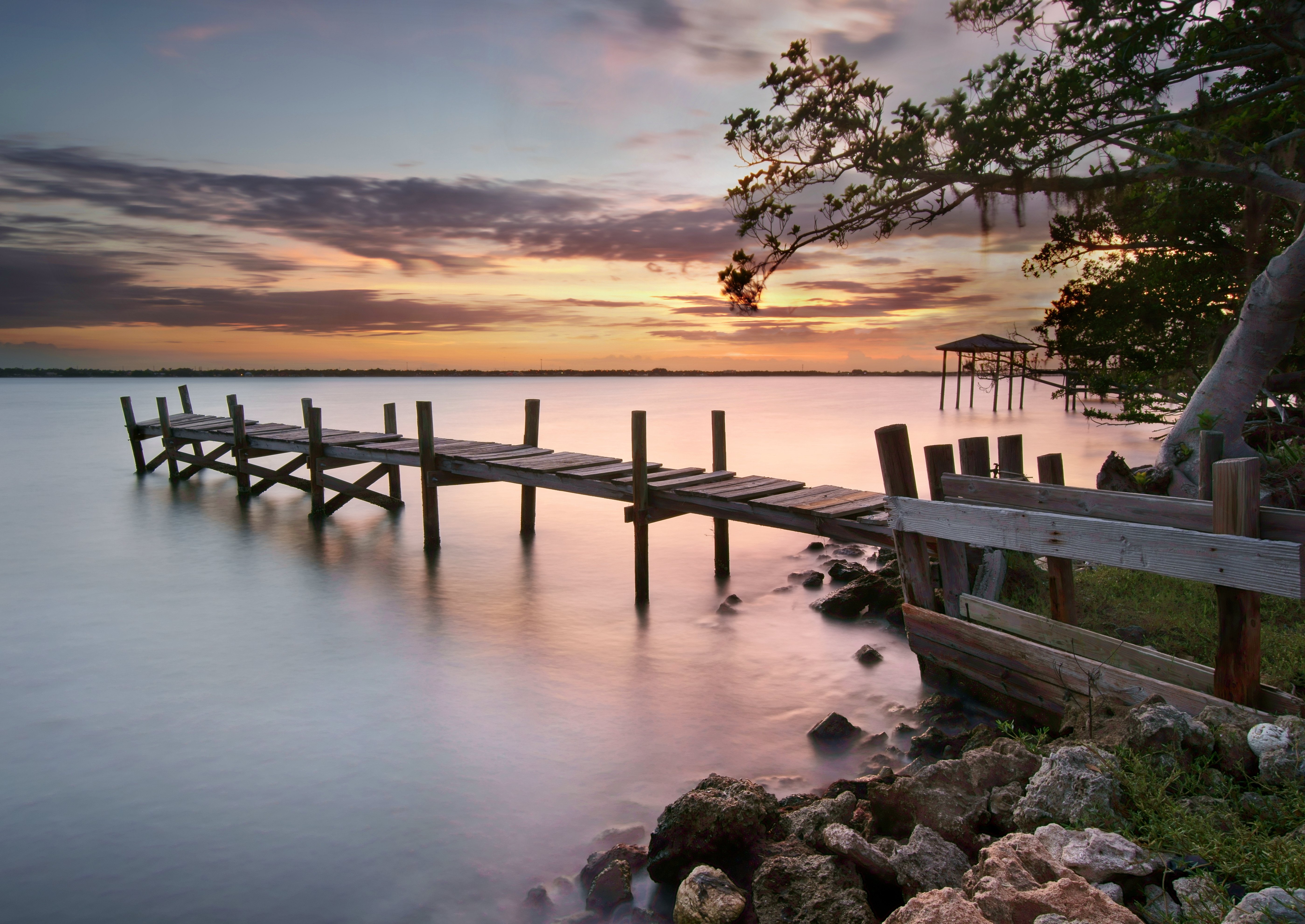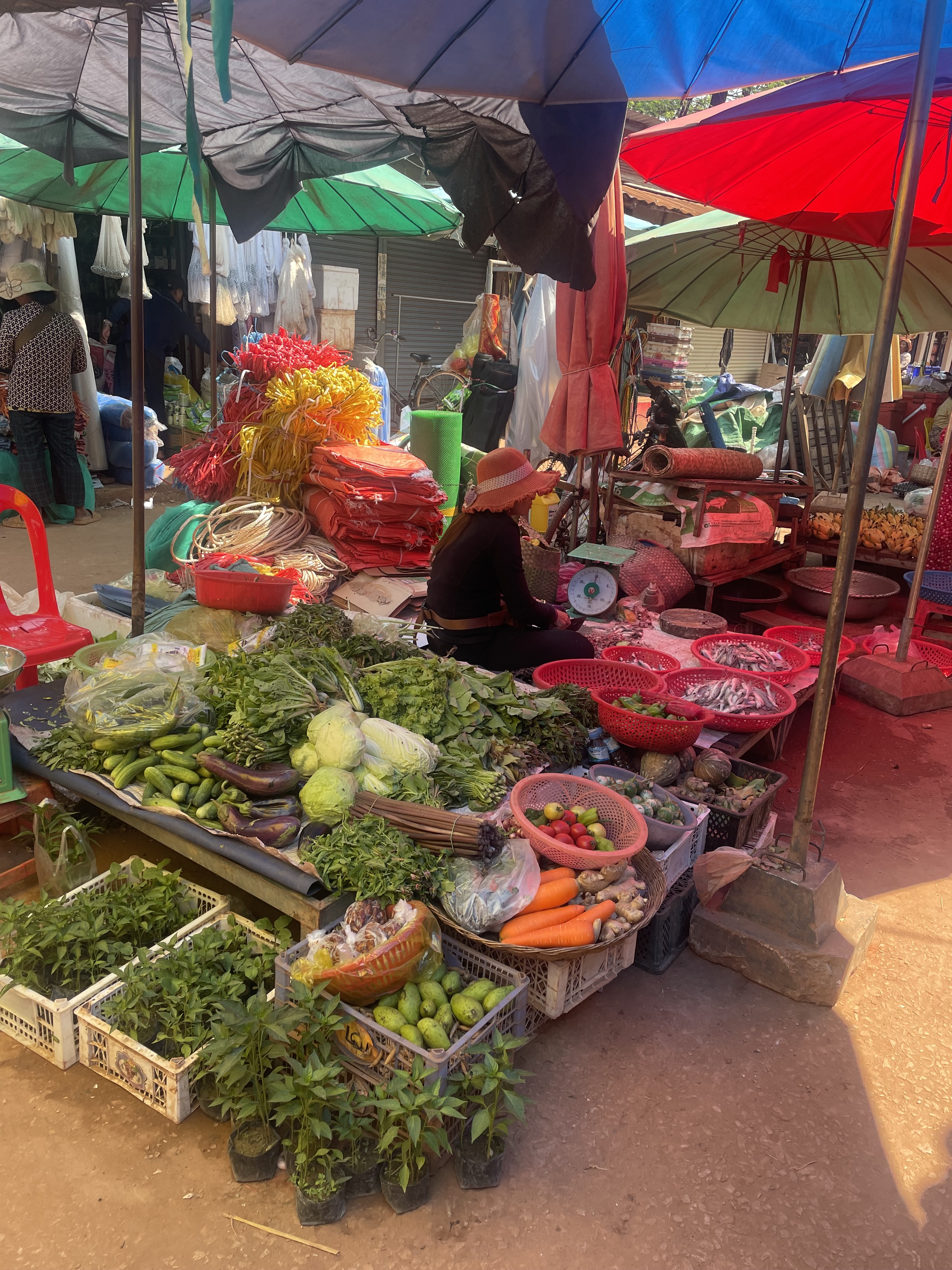The Community Behind the Film, "El Río Es Familia"
RIVERS ARE LIFE
Rivers are about so much more than a healthy ecosystem and access to fresh water. They are the cornerstone of settlements and communities, as cultural traditions, family roots, and ancestral memories all develop alongside their abundant resources.
Despite this, many river-centric communities are threatened by encroaching harmful industrial practices, forcing them to fight for their right to health and safety. The Indigenous Canihuante community surrounding the Río Cochiguaz has fought for over a decade to protect the Valle de Elqui in Chile. Because of their ongoing efforts, the Río Cochiguaz and the surrounding mountains are now officially a natural sanctuary.
The Río Cochiguaz begins in the Andes Mountains and feeds into the Puclaro Basin, where it is the main source of drinking water for La Serena. Then, it ultimately flows into the Claro River and the Valle de Elqui, which is the home to people of the Molle, Anima, and Diaguitas cultures, as well as flora and fauna that make up key parts of the ecosystem. Many people and organisms benefit from the health of the river, and thanks to the efforts of the Canihuante family and the surrounding community, they are safe and able to thrive.
The Canihuante indigenous community have fought and advocated to protect the Valle de Elqui against destructive mining practices for decades. This process wasn’t as simple as a local environmental issue, however. It was a personal group effort deeply rooted in family connection and an understanding of what was most important in a time of crisis. With diligent research, campaigning, and the support of specialists and neighbors, the Canihuante family secured the safety of the Río Cochiguaz for future generations.
Carmen Canihuante, the former president of the Canihuante Indigenous community, is a long-time protector and advocate of the mountain range. She led the efforts, and her family was quick to assist. Her siblings, Mercedes, Jose, Horacio, Luis, Lucia, Marcos, and Humerto, all helped with their knowledge of the ecosystem and history of the area. They also provided equipment and transportation for the research campaigns to gather information to support the sanctuary claims.
While the involvement of family can often complicate organizational pursuits, especially under the emotional stress of a direct threat to the livelihood, the communication and collaboration of the community was key to the success of the project.
Raphael Canihuante became involved because of the link to his family and their community, but he learned even more as the sanctuary process developed.
“It was very exciting to have the possibility of working on this conservation project in which I was able to discover at the same time the origins of the family and the origins of the waters of the Cochiguaz River,” he said.
As he helped the research efforts that would support the declaration of the river as a natural sanctuary, he discovered a branch of his family he was previously unaware of. He became acquainted with the descendants of his great-grandfather’s brother, as well as their lifestyle and traditions in relation to the Andean territory. He explored lakes and ravines that he had only heard about in childhood stories. He worked closely with his father’s cousins, who were actively involved with the Canihuante community and supported the campaign with their knowledge, animals, and equipment.
Raphael witnessed his family come together across generations as he took on an organizational role in the sanctuary declaration process. The oncoming environmental threat brought the family together quickly to take care of it.
“The family connection was greatly strengthened during the declaration process,” he said. Despite generational differences and conflicting opinions on dealing with problems, members of the family combined their resources and accomplished the sanctuary status of their river and surrounding ecosystem.
The success of the Río Cochiguaz as a protected resource isn’t just a major win for the environment and the communities that rely on it; it’s also an important reference for those fighting environmental injustice themselves.
Raphael encourages other families and communities in similar positions to focus on working together to understand the needs of the situation before taking action.
“The main thing is to stay together as a family, identify the priorities, concerns, and projections of the members to understand what is needed in the family, for this it is necessary to meet constantly, even if it is difficult.”
He also emphasizes the importance of staying connected to other local communities outside your own. Neighboring communities, local governments, and neighborhood associations often identify environmentally-threatening projects before the community under attack is made aware of the concern.
“In the face of an environmental threat, it is necessary to be very clear about the values and conservation objects that you want to protect,” Raphael says. Residents and visitors alike need to be aware of the resources the local ecosystem gives to the community, and that interference with this system can have a drastic impact on the quality of life for the people and organisms in the area.
Additionally, those fighting for environmental justice should seek advice from professionals and institutions that understand the processes involved in legally protecting a territory. The Canihuante family was fortunate to have one such cousin, Sebastian Rosa, who is an environmental consulting professional. His expertise helped the community proclaim the mountain range as a sanctuary. In addition to providing knowledge and a network of contacts to the cause, he helped compile the official sanctuary declaration that entered the Council of National Monuments.
While the sanctuary declaration was indeed a deeply personal family movement, its impact reaches beyond the community. The people of the nearby Paihuano acknowledge and value of the work the Canihuante family has done, and support their determination to protect the environment and traditions against extractive development.
This Rio Cochiguaz sanctuary project is ongoing. The Canihuante people are hard at work developing infrastructure of the river sanctuary while learning how to continuously monitor the area’s water quality. They are also planning mountain camps for local residents and visitors to enjoy, as well as implementing educational systems to share the importance of the Cochiguaz River mountain range.
“El Río es Familia” offers viewers a powerful story – one that proves in the face of environmental threats, communities big and small are capable of creating positive change that will last for years to come.
You can watch the Rivers are Life film “El Río es Familia” on the Canihuante family here.
Share this
You May Also Like
These Related Stories

Ensuring Clean Water: How Boreholes Sustain the Zambezi and Support Karoi, Zimbabwe

Nurturing Nature in the Indian River Lagoon

